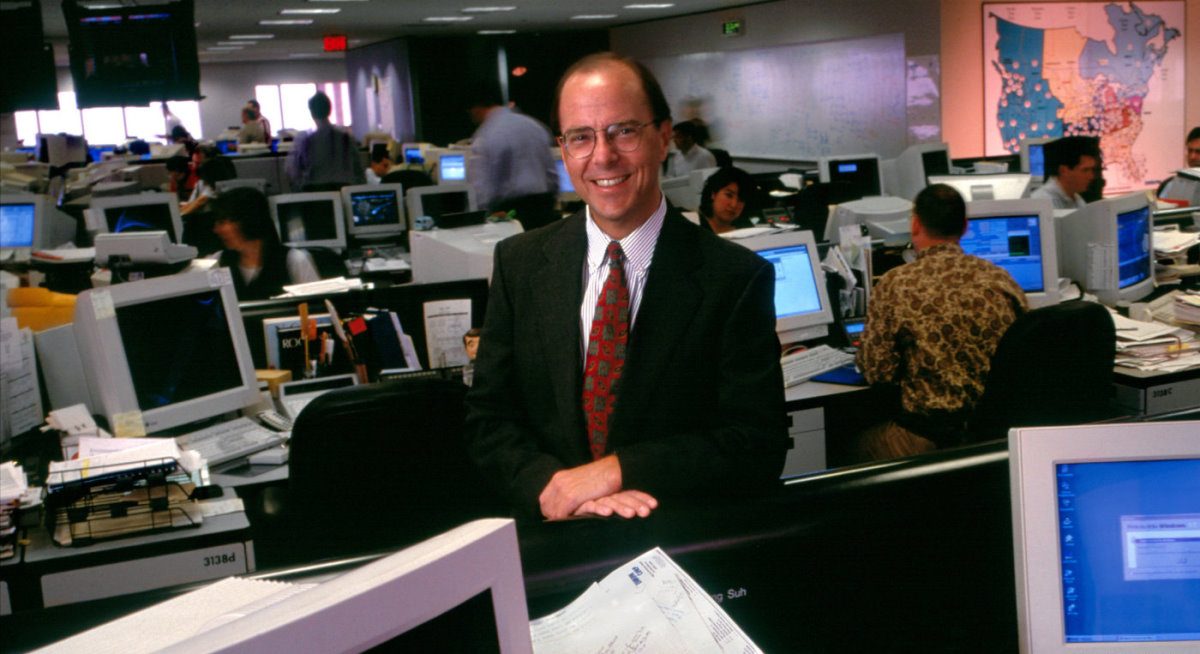



The financial press, however, began to ask questions about Enron’s finances. The traders had gambled away all of Enron’s reserves, and Lay had known all along about the risks (Gibney, 2005).įrom 1998 to 2000, Enron’s gross revenues rose from $31 billion to more than $100 billion. There was a 1987 investigation of two Enron executives at the oil trading unit in Valhalla, New York that revealed offshore accounts and phony books. Enron transformed into a high-tech global enterprise that diversified into trading energy, water, weather derivatives, broadband and electricity.Įarly on, problems at Enron emerged. In 1988, the deregulation of electrical power markets took effect, and Enron transformed from a traditional natural gas energy company focused on energy delivery through gas pipelines to an energy broker company that brought buyers and sellers together (Sims & Brinkmann, 2003). However, in the words of Stein and Pinto (2011), “Our understanding of what transpired at Enron is by no means complete.”Įnron was created in 1986 from a merger of Houston National Gas and InterNorth (a natural gas pipeline company) with Ken Lay as its chair and CEO (Stein & Pinto, 2011).
#ENRON THE SMARTEST GUYS IN THE ROOM MOVIE MOVIE#
Enron’s rise and fall is the focus of numerous articles in the mainstream, trade and scholarly literature along with mass market books as well as the movie that forms the basis of this paper, “Enron: The Smartest Guys in the Room” (Gibney, 2005). The names Lay, Skilling and Fastow are nowhere on that list.Enron is a story about America’s largest corporate failure at that point in history-and a story about human tragedy. Make no mistake, there's plenty of tragedy here, but in the face of the bewildering facts that close out the film - 20,000 Enron employees with no jobs or pension funds - there's no mistaking the identities of the true victims. (The best part of the film is the lengthy segment on the 2000-01 California energy crisis that netted Enron hundreds of millions of dollars while nearly bankrupting the state.) It's a fascinating story teeming with pride, arrogance, greed and overweening hubris, and Gibney attempts to give it all an added dimension by finding the archetypes of Greek tragedy among the sleazy deals and Ponzi-scheme financing, even going so far as to suggest that Fastow is something of a scapegoat. In tracing their stories, Gibney also creates a handy timeline, charting the major deals and scandals that revealed how Enron did business and sowed the seeds of its own destruction. They include Enron founder, chairman and CEO Kenneth Lay, the bootstrapping deregulation proselytizer who saw the potential in lowly natural gas when everyone else was mesmerized by fossil fuels COO and company president Jeff Skilling, a Darwinian visionary who saw no reason why natural gas couldn't be traded like any other commodity, but insisted on implementing an unorthodox method of accounting that would book projected profits of a deal long before the first dollar came rolling in and CFO Andrew Fastow, chief architect of the Byzantine financial structures that enabled the company to pass material losses off as accounting profits and ultimately transformed a once-stable company into a house of cards. Taking one Enron executive at her word when she says that the story of the short-lived company is about people, not numbers, and looking to Bethany McLean and Peter Elkind's excellent book The Smartest Guys in the Room for guidance, Gibney casts his film with a now familiar dramatis personae. While muckraking documentary filmmaker Alex Gibney's (THE TRIALS OF HENRY KISSINGER) ripping, fast-paced documentary doesn't illuminate every shadowy corner of the Enron labyrinth (how could it?), it does give an entertaining overview. But for many non-MBAs trying to follow the story, just figuring out what Enron did was challenging - forget about untangling what the company did wrong. Coming just months after 9/11, Enron's death throes also marked the end of the crazy bull market of the '90s, and heralded an unprecedented exposure of corporate America's ugly underbelly. Bigger belly-ups followed Houston-based energy giant Enron's declaration of bankruptcy in the fall of 2001, but the company's sudden - if not entirely unforeseen - demise has taken on a deep symbolic value.


 0 kommentar(er)
0 kommentar(er)
